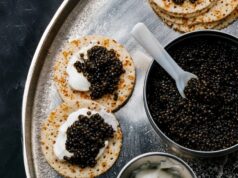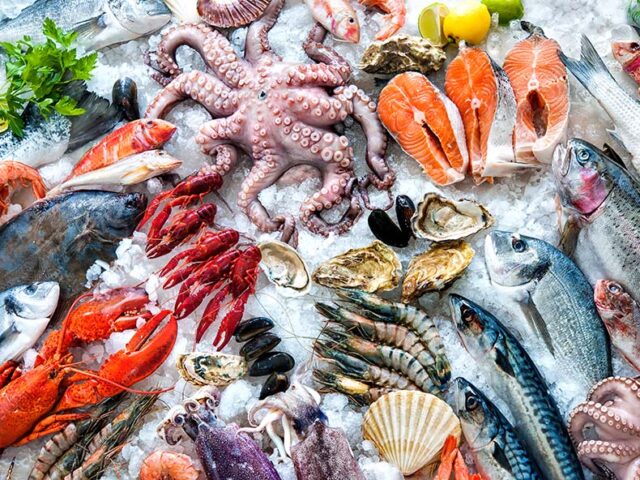
Unique marine organisms like squids, clams, scallops, and fishes make for delectable and appetizing delicacies that are enjoyed all around the world. The global seafood market touched a whopping $310 billion in 2021, and it is expected to grow to $780 billion by 2030. The annual growth rate for the global seafood industry stands at 8%.
However, serving a plate of fresh seafood at your favorite restaurant or food joint takes a great deal of effort and caution. Seafood, be it fish, crabs, or lobsters, have soft bodies which are prone to degradation. So, living up to food quality strictures is a challenge, and heavy investments must be made in terms of training the labor force and infrastructure setup for a processing plant.
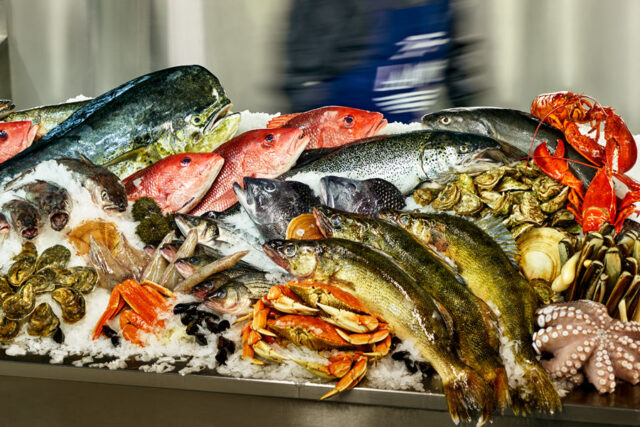
What It Takes To Process Your Perfect Seafood Dish
Preserving seafood is a daunting task in itself, but processing industries also have to take care of toxins that many marine organisms naturally produce as a protective mechanism. Processing units take care of all the food quality and ensure that the seafood is free of harmful toxins or contaminants.
In its journey from the ocean to the plate, marine products undergo the following stages that are described below.
Chilling
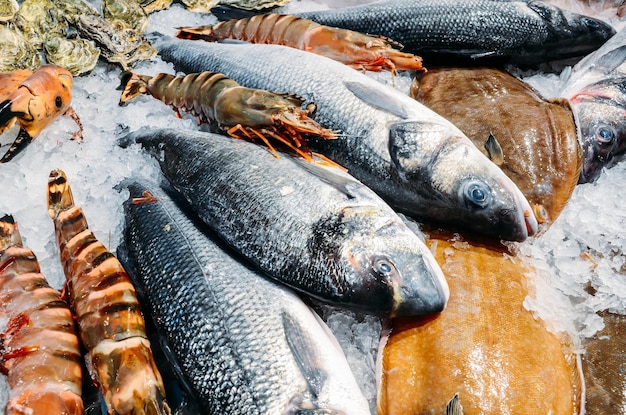
The fresh catch from the sea or ocean needs immediate chilling or refrigeration. Immediate chilling serves a twofold purpose: first, it stops the enzymatic (degradative) action and reduces the activity of microorganisms. Marine species have a hard outer shell or scales, but their bodies are soft as they have less connective tissue when compared to land animals. This makes their bodies highly susceptible to degradation.
So most boating vessels use one ice and sea catch ratio to preserve the catch. However, depending upon the local weather conditions and the distance from the shore, the ratio of ice and sea catch may be varied.
Many fishing vessels sprinkle salt on the fresh catch to control the moisture content and reduce the chances of spoilage. At times smoking may be combined with salting to control the moisture levels and preserve the fish for a longer duration.
Onshore Processing
Once the marine catch reaches the shore, it is processed, and several procedures, like beheading, gutting, etc, are carried out. Each of these steps are discussed below.
Beheading And Gutting

Beheading involves the removal of the head of the fish, and gutting involves the removal of the viscera of the fish. If the seafood consists of fish and prawns to be canned, the tail and fins are also removed right after the gutting stage.
Gutting or removing the viscera of the fish is viral because the viscera is more prone to degradation. So quick removal of the viscera ensures that a localized rot does not spread to the entire fish.
After the gutting and beheading stage, most of the bones are also removed from the fish. Removal of bones takes away as much as seventy per cent of the body weight of the fish. There have been efforts to reduce this wastage, and mechanical devices for efficient bone removal have been installed in some places. But in most cases, the wastage at this stage is quite significant.
Deskinning
The outer silvery scaly skin of a fish is removed if it is to be canned. A knife is used to give an angular cut on the skin. However, care is taken to not damage the flesh, and the skin is removed by gently moving the knife towards the tail of the fish.
Making Filets
Many fishes are cut into small filets (thin boneless strips) so that they become easy to cook and serve. In most processing plants, a rotating disc knife and a conveyor belt are used to speed up the process of making filets.
Thorough Washing
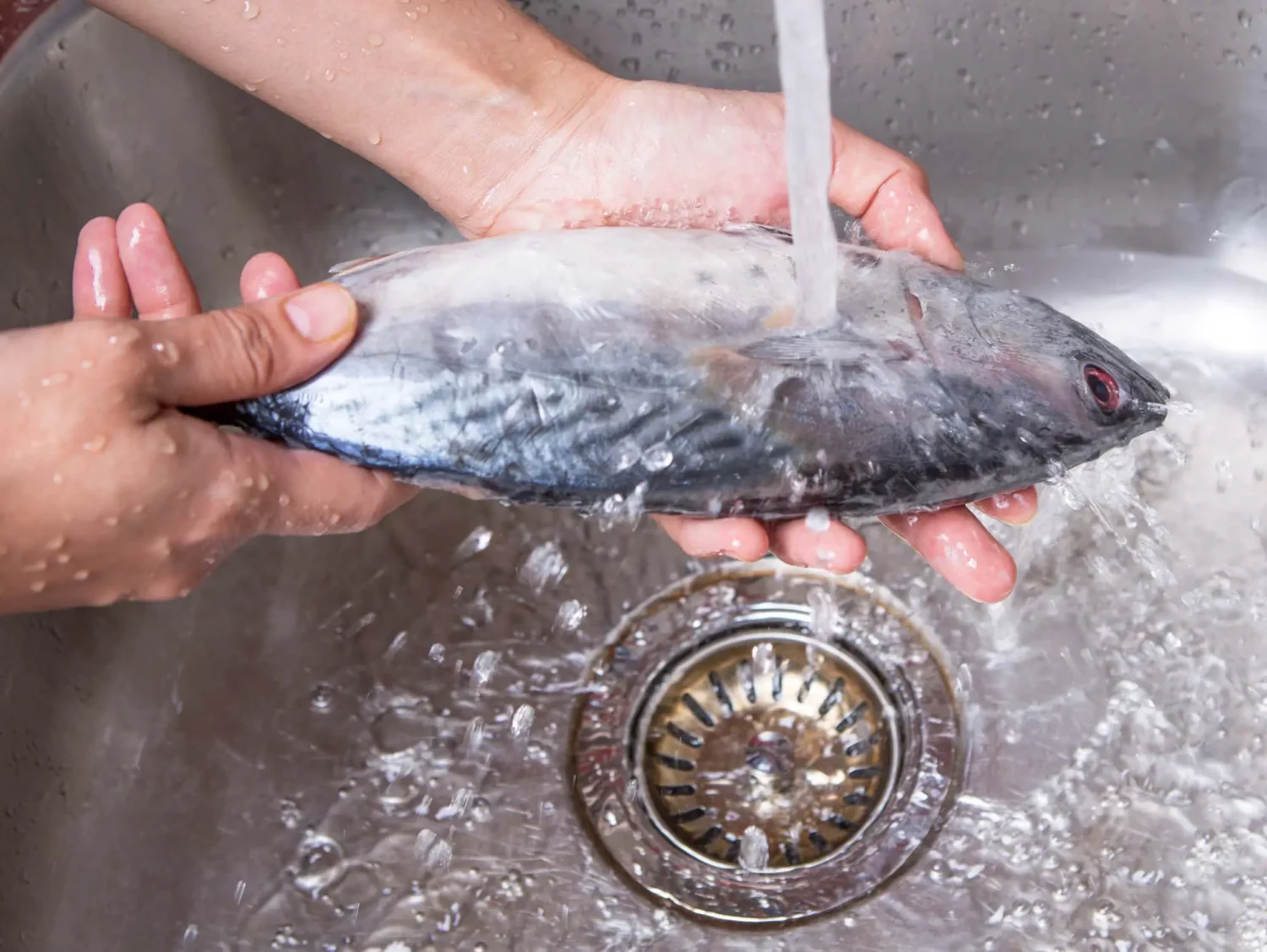
Fishes and seafood are washed several times before they are eventually sent for pasteurization. Grease from oceanic oil spills, dirt particles, and other contaminants are thoroughly removed in the washing stage.
Pasteurization
Post the gutting and beheading, the fish or seafood undergoes a pasteurization process. High-temperature treatment at sixty-six degrees Fahrenheit (or hundred and fifty degree Celsius) kills most of the bacteria. However, high-temperature treatment may also have several side effects, like oxidation or discoloration of the product in some cases..
Canning
Processed seafood is filled into sealed cans to prevent further contamination. Canning preserves the food for months. Depending on the type of canning, dehydration,
high-temperature water baths, etc., may be used in the canning stage.
Many fish species are unsuitable for canning as the protein content degrades during the canning process (high temperature). However, species like Salmon and Sardines, are available in cans because the protein content of these species is not degraded by thermal processing at the canning stage.
Canning often preserves marine food products for months, but in some cases, fatal diseases like botulism can spread from canned food. An easy way to spot bacterial contamination of canned food is to observe the can for swelling (with gas). If the can is unusually inflated, then it is probably a good idea to discard the can and not consume its contents.
Vacuum Skin Packaging

Just like canning, vacuum skin packaging is another method of packing seafood. The vacuum skin packaging forms a tight, cling film over the product, and it makes it visually appealing.
Multilayer Films For Packaging
In this case, multi-layer films are used to seal the fish or seafood pieces tightly. In this kind of packing, the customer can clearly see the product he is buying, and the multiple layers also protect against punctures and abrasions.
Conclusion
Capturing marine species and hygienically processing them is difficult; hence, some seafood delicacies are highly-priced. A seafood processing unit typically follows the steps like washing, pasteurizing, deskinning, gutting, etc. The order in which the above-mentioned processes are followed may vary slightly from one processing plant to another.
However, all processing units undertake at least two to three steps to protect the seafood from bacterial rotting so that the food keeps up with the food quality standards laid down for regulatory authorities.

